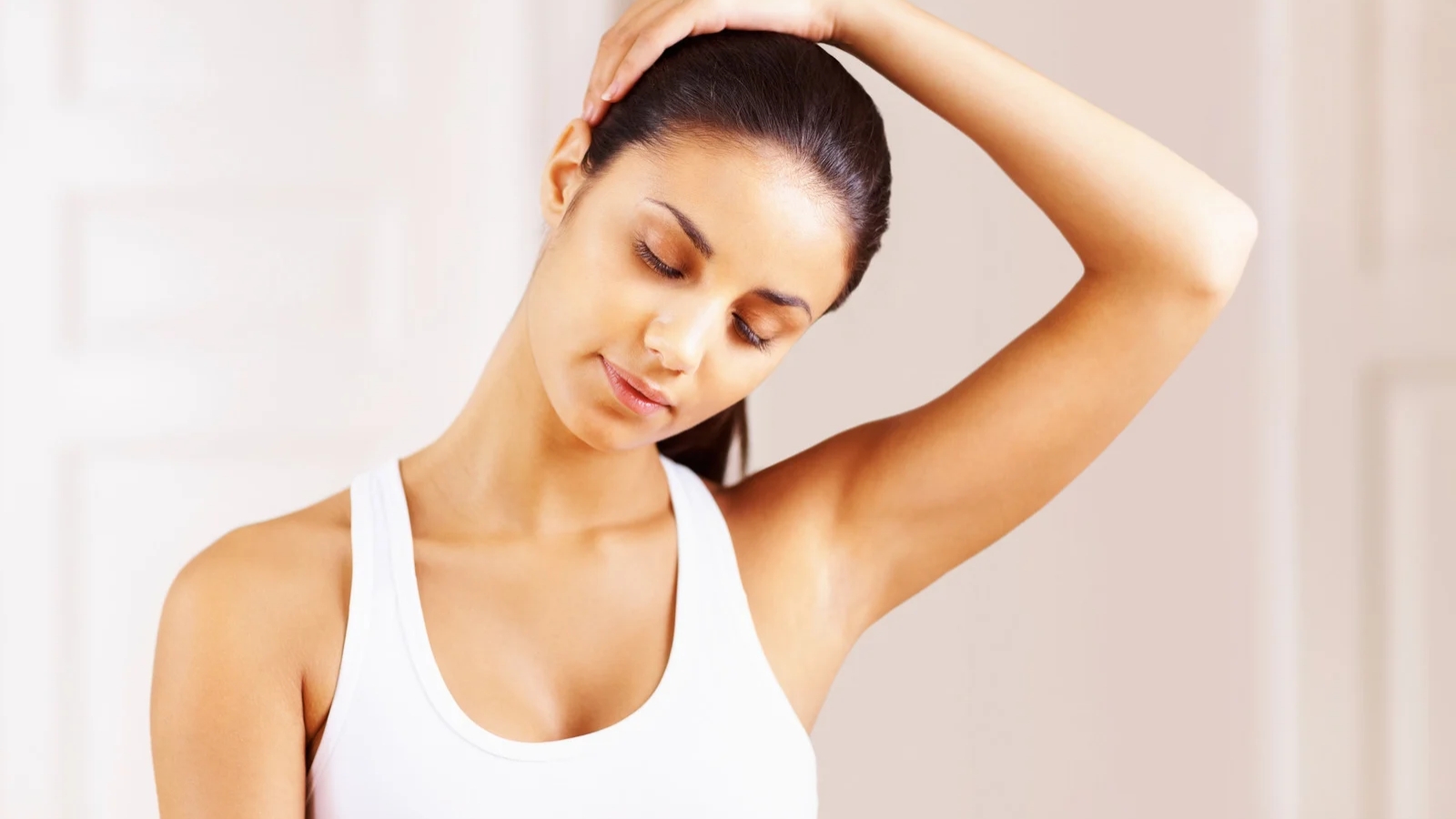Headaches and neck pain often go hand in hand. Long hours at a desk, stress, and poor posture can create tension in your neck and shoulders that radiates upward, triggering headaches. While medication can provide temporary relief, regular massage offers a natural and lasting way to ease discomfort. Massage improves circulation, relaxes tight muscles, and helps calm your nervous system, which are all essential for reducing pain and preventing future tension.
You don’t need to be a professional to benefit from these techniques. With a few minutes and your hands, you can release pressure, improve mobility, and feel more relaxed. Here are ten simple, step-by-step massage tips to help relieve headache and neck pain naturally.
1. Start With Gentle Warm-Up Strokes
Begin every massage by loosening the muscles. Gentle strokes prepare your body for deeper work and increase blood flow to the neck and shoulders.
To do it:
- Sit comfortably with your shoulders relaxed.
- Use both hands to glide along the sides of your neck lightly, moving from the base of your skull down toward your shoulders.
- Repeat this motion for about one minute.
- Maintain a slow rhythm and even pressure.
This step warms the tissues and helps you notice where tension is concentrated before moving to specific areas.
2. Target The Base Of Your Skull
The muscles at the base of your skull often tighten during stress or poor posture. Releasing tension here can relieve pressure and reduce headache pain.
To do it:
- Place both thumbs on the back of your head where it meets the neck.
- Press gently into the soft hollows just under the ridge of your skull.
- Hold for 10 seconds, then release.
- Repeat three to four times, breathing slowly as you apply pressure.
This technique targets the occipital area, a common trigger point for headaches and neck stiffness.
3. Work Along The Sides Of Your Neck
Tight side-neck muscles can restrict movement and contribute to stiffness. Massaging this area helps relax the muscles and improve flexibility.
To do it:
- Tilt your head slightly to the right.
- Use your right hand to massage the left side of your neck using slow, upward strokes.
- Move your fingers from your shoulder toward your jawline.
- Switch sides after one minute.
Repeat several times until the muscles feel less tense. Avoid pressing directly on the spine; focus instead on the sides where the muscles are thicker.
4. Focus On The Shoulder Tops
Shoulder tension often leads to headaches, especially if you spend hours sitting or using a computer. Loosening this area improves posture and relieves upper body stress.
To do it:
- Use your right hand to grasp the top of your left shoulder.
- Squeeze the muscle gently between your fingers and palm.
- Release and repeat across the shoulder.
- Switch sides after one minute.
This kneading motion helps relax the upper trapezius muscles, which often tighten under stress.
5. Use Circular Motions On The Temples
Your temples are sensitive areas that respond well to gentle pressure. Massaging here can relieve tension headaches and calm your mind.
To do it:
- Place your index and middle fingers on each temple.
- Move your fingers in slow, circular motions.
- Maintain light pressure for 30 to 60 seconds.
- Gradually decrease pressure as the muscles relax.
You can also close your eyes and take deep breaths while massaging to enhance relaxation.
6. Release Jaw Tension
Tightness in the jaw can spread to your temples and neck, contributing to headaches. Releasing these muscles helps reduce pressure in your head and face.
To do it:
- Place your fingers just below your cheekbones, near the sides of your mouth.
- Press gently and move your fingers in small circles toward your ears.
- Continue for 30 seconds on each side.
- Open and close your mouth slowly while massaging to stretch the muscles further.
This technique works well if you grind your teeth or clench your jaw due to stress.
7. Massage The Forehead And Eyebrow Area
The muscles around your forehead and eyes can tighten from eye strain or fatigue. Gentle pressure in this area eases sinus headaches and reduces tension.
To do it:
- Place your thumbs under your eyebrows, near the inner corners of your eyes.
- Apply gentle pressure and slide your thumbs outward toward your temples.
- Repeat the motion three to four times.
- Finish by using your fingertips to lightly stroke across your forehead.
This massage promotes relaxation and reduces facial tightness that can worsen headaches.
8. Apply Pressure To The Hand Reflex Point
There’s a reflex point between your thumb and index finger that connects to the head and neck. Stimulating it can relieve pain and reduce muscle tension.
To do it:
- Use your thumb and index finger on the opposite hand to pinch the fleshy area between your thumb and index finger.
- Apply firm pressure and hold for 10 to 15 seconds.
- Release and repeat two or three times per hand.
This point, known as LI4, is often used in acupressure for natural headache relief.
9. Roll The Neck Gently After Massage
After working on the muscles, gentle neck movement helps maintain flexibility and prevent stiffness. This final stretch allows blood flow to return to normal.
To do it:
- Sit upright with your shoulders relaxed.
- Slowly roll your head forward, bringing your chin toward your chest.
- Move your head from side to side in a semi-circle.
- Repeat the movement two to three times.
Avoid rolling your head backward, as that can strain the neck muscles. Keep your movements slow and controlled.
10. End With Heat Or Relaxation
Finish your massage with warmth and rest. Heat helps muscles relax further and improves blood flow to the area.
To do it:
- Place a warm towel or heating pad on your neck for five to ten minutes.
- Sit quietly, breathe deeply, and allow your muscles to relax completely.
- Avoid sudden movements immediately after the massage.
Ending with warmth reinforces the massage benefits and helps your body feel calm and refreshed.
How To Get The Most Out Of These Techniques
You can use these massage tips whenever you feel early signs of tension, such as neck stiffness or dull headache pain. To make the experience more effective:
- Maintain good posture while working or sitting.
- Take short breaks every hour to stretch your neck and shoulders.
- Stay hydrated, as dehydration can increase muscle tension.
- Use light oils like coconut or almond oil for smoother movements.
- Practice slow, deep breathing during each step to encourage relaxation.
Consistency makes the most significant difference. Even five to ten minutes of self-massage each day can help prevent chronic headaches and neck discomfort.
Conclusion
Massage is one of the most effective natural remedies for headaches and neck pain. By using these step-by-step techniques, you can target key tension areas, reduce muscle tightness, and restore balance to your body.
Making self-massage part of your daily routine can improve posture, reduce stress, and keep discomfort at bay. Whether you’re dealing with an occasional headache or ongoing neck strain, these simple methods help you relax, recharge, and feel better throughout your day.



